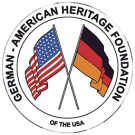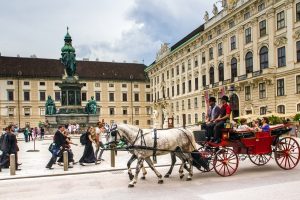Traditions
German-American Heritage Museum of the USA™

Follow us
Sister Countries: Austria and Switzerland
German-speaking Europe shares many cultural traditions. Of course, language is major unifying factor, and despite dialect differences, standard German is typically understood throughout all the German-speaking countries. However, Germany, Austria, and Switzerland don’t just share a language, they also have many customs and traditions in common. Why, you may ask? Germany as a nation state is a modern concept, and the Federal Republic of Germany has only existed since 1949. Austria regained independence from allied occupation even later in 1955, whereas Switzerland was became a nation in 1848. Switzerland had gained its quasi independence from the Holy Roman Empire through the Treaty of Westphalia in 1648, which not only ended the Thirty Years’ War, but also established Swiss neutrality. However, it took another 200 years to become an entirely separate political entity. Did you know that the 1848 Swiss constitution was in part modeled on the U.S. Constitution?
Austria remained a part of the Holy Roman Empire until its dissolution in 1806, and Habsburg monarchs were the rulers of said empire for many centuries. It’s not surprising that Germany and Austria have not only a shared history, but many shared traditions from culinary customs (Apfelstrudel and Schnitzel, anyone?), to holidays, festivals, architecture, and music. They even love the some car brand! It’s Volkswagen, if you’re wondering.
Click on our links below to learn more about the many things we have in common.
 Austrian Traditions
Austrian Traditions
Germany and Austria share more than a border. Alpine traditions such as driving animals to and from the mountain grazing areas are a popular tourist spectacle. Advent and Christmas markets are also popular mainstays, and coffee and confectionery cakes delight gourmets. Explore the similarities and differences.
 Swiss Traditions
Swiss Traditions
The Swiss have always maintained and nurtured their own local customs, which were influenced by their neighboring countries and the Alpine landscape.
